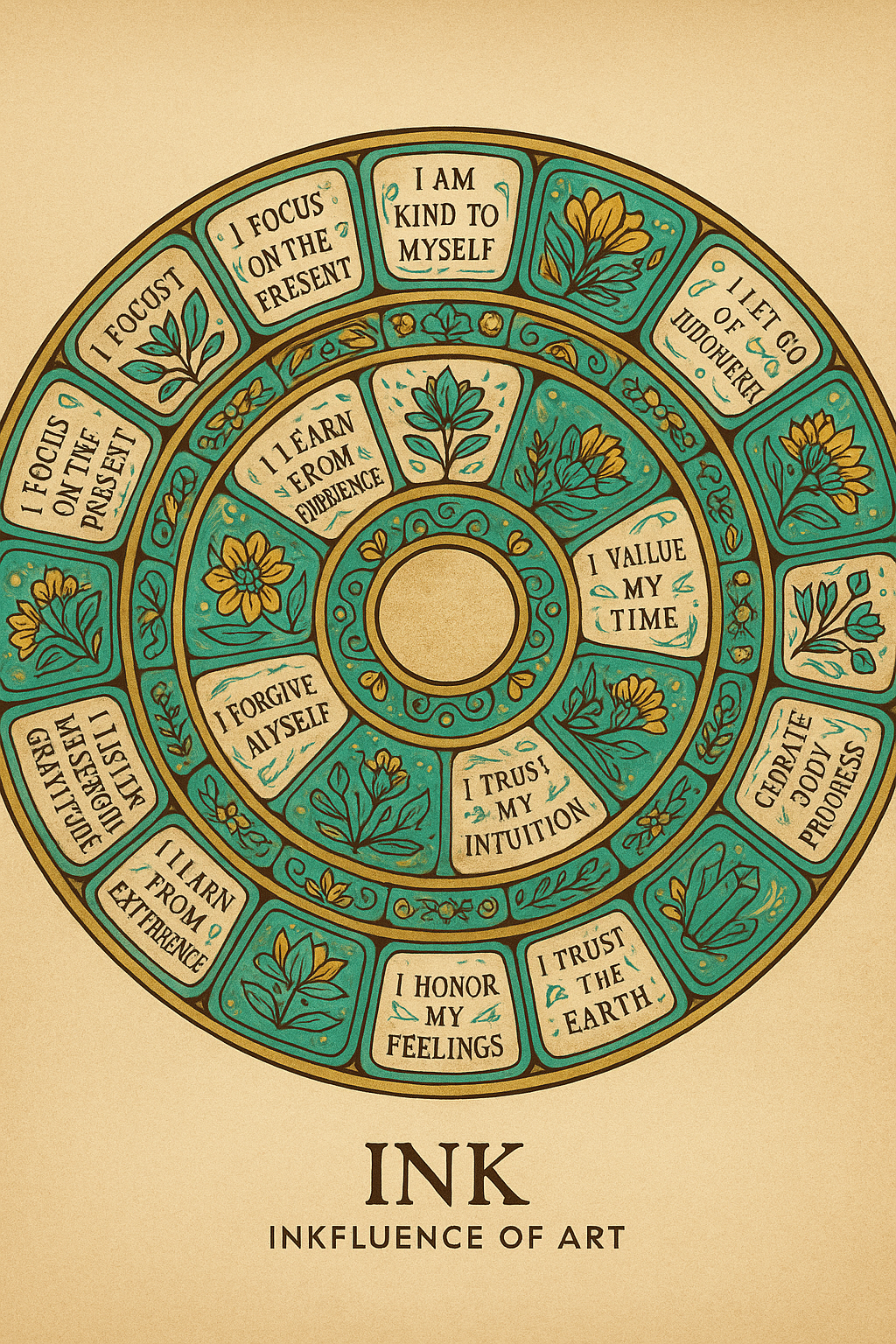NATURAL CULTURES - EXTINCTION
This is a profound and important question—one that strikes at the roots of what defines natural cultures, how trauma (especially war) reshapes human systems, and whether any unbroken lineages of peace-based, land-born civilizations still exist.![]() Short Answer:
Short Answer:
There are very few, if any, entirely untouched natural cultures left that:
Are still intact in their original form,
Are made up of a homogenous land-born DNA group,
And have never been subjected to external war, colonization, or forced assimilation.
However, there are surviving Indigenous groups and land-connected cultures that retain many elements of pre-patriarchal, peaceful, and earth-centered worldviews—despite the traumas of war and colonization.![]() Key Definitions First:
Key Definitions First:
Natural Culture: A community formed organically over time through relationship with a specific land, ecosystem, and kinship-based living. Includes:
Matriarchal or egalitarian leadership
Earth-based spirituality
Communal wealth and shared resources
Deep ecological knowledge
Man-Made Culture: Cultures that are forcibly constructed through:
Colonization
War and displacement
Patriarchal law and hierarchy
Cultural amalgamation (often through trauma)![]() Examples to Explore:
Examples to Explore:![]() Closest Survivors of Natural Cultures (Still Practicing Earth-Born Systems):
Closest Survivors of Natural Cultures (Still Practicing Earth-Born Systems):
1. Hadza (Tanzania)
Possibly the last true hunter-gatherers of Africa.
Live in harmony with their environment.
Egalitarian society with minimal hierarchy.
Have not been involved in war historically, but face threats from land grabs and tourism.
2. San / !Kung (Kalahari Desert)
One of the oldest continuous cultures (70,000+ years).
Matriarchal elements and non-violent child-rearing.
Largely non-warring by cultural design.
War and colonization have encroached in the last few centuries.
3. Amazon Tribes (e.g., Matsés, Asháninka, Kayapo)
Many Amazonian cultures lived peacefully for millennia.
Women often held equal or dominant roles in land and medicine.
While not “at war” originally, many have resisted modern military, logging, and oil exploitation—so war was brought to them.
4. Tibet Before Chinese Invasion
Highly spiritual and isolated society with strong female deity traditions.
Tibet was not involved in global wars but was invaded by China in the 1950s.
Traditional values remain in diaspora communities.
5. Mosuo (China)
Matrilineal society sometimes nicknamed “The Kingdom of Women.”
No formal marriage; women own property; maternal uncles raise children.
Peaceful culture, but now facing increasing pressure from tourism and the state.![]() Cultures That Were Natural But Transformed Through War or Colonization:
Cultures That Were Natural But Transformed Through War or Colonization:
Mayan and Aztec: Indigenous, land-based people, but were transformed through internal wars and then colonized by Spain.
Indus Valley Civilization: Thought to be egalitarian and peaceful; disrupted and dissolved—possibly by Indo-Aryan migrations or climate shifts.
Celtic Tribes: Originally land-based and matrifocal in some regions; dismantled by Roman and Christian imperialism.
Native American Nations: Many were non-warring and deeply earth-connected (e.g., Hopi, Iroquois Confederacy, Chumash). But almost all were disrupted by colonization and forced war.![]() Conclusion:
Conclusion:
There is no known large-scale natural culture that has:
Existed in complete peace,
Remained genetically or land-based homogeneous,
And avoided the trauma of external war or cultural colonization.
However, fragments of original lifeways survive, and many Indigenous cultures have shown extraordinary resilience—preserving:
Languages
Ecological wisdom
Sacred roles for women
Earth-based spirituality![]() Final Insight:
Final Insight:
While there may not be untouched natural cultures left, there is a growing movement to revive natural culture by:
Reconnecting with ancestral lands
Restoring matriarchal values
Healing from colonization
Decolonizing spirituality and governance
These efforts are often led by Indigenous women, Earth defenders, and spiritual practitioners, and they are shaping the foundations for a return to natural culture in modern times.![]() Map Summary: Surviving or Revived Natural Cultures by Region
Map Summary: Surviving or Revived Natural Cultures by Region
Region
Examples
Notes
East Africa
Hadza (Tanzania)
Last hunter-gatherers; peaceful, egalitarian, nature-bound
Southern Africa
San / !Kung (Namibia, Botswana)
Ancient lineage, non-warring, deeply connected to land
Amazon Basin
Kayapo, Asháninka, Matsés (Brazil, Peru, Colombia, Ecuador)
Shamanic cultures, female leadership, facing modern threats
Himalayas
Tibetan cultures, Nepalese shamanic groups
Spiritual, goddess traditions, invaded but resisting
China (SW)
Mosuo (Yunnan Province)
Matrilineal society; women manage homes, economy, spirituality
South Asia
Remnants of Indus Valley, tribal India
Pre-patriarchal traces in tribal regions
North America
Hopi, Lakota, Haudenosaunee, Coast Salish
Strong cultural revivals; matriarchal heritage in governance & ritual
Central America
Mayan descendants (Mexico, Guatemala)
Some kept ancient calendar, medicine, but were affected by conquest
South America (Highlands)
Aymara, Quechua (Bolivia, Peru)
Re-indigenization of leadership (e.g. Evo Morales); Earth-based revival
Oceania
Aboriginal Australians, Māori (NZ)
Spiritual land claims, revival of traditional laws, language, and rituals
Enjoy this downloadable, natural Mayan Calendar for your positive re-enforcement 20 days in 13 months and a few weeks in August when the Gods will judge us for not using our purpose the way Gods intended. AMEN? Our current calendar was designed to support monostatic religion and industry and forget natural purpose.
www.inkfluenceofart.com
#INK

NATURAL CULTURES - EXTINCTION
Share
See less